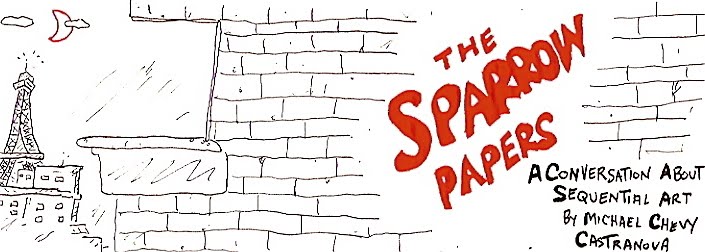 In case you missed it, Neil Gaiman was on Talk of the Nation on NPR this afternoon. You can listen to it here.
In case you missed it, Neil Gaiman was on Talk of the Nation on NPR this afternoon. You can listen to it here.Host Neal Conan, who recently interviewed Robert and Sophie Crumb, gave himself away. When one listener noted she went to the comic book store “every month,” Conan piped up with: “Every month? New comic books come out every Wednesday.”
Conan also confessed he enjoyed Gaiman’s Sandman series so much he couldn’t bear to finish the last couple issues.
Gaiman was on the show to promote The Best American Comics 2010, which he edited.




































